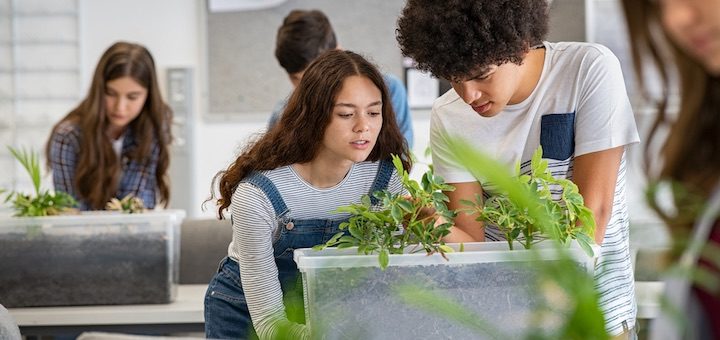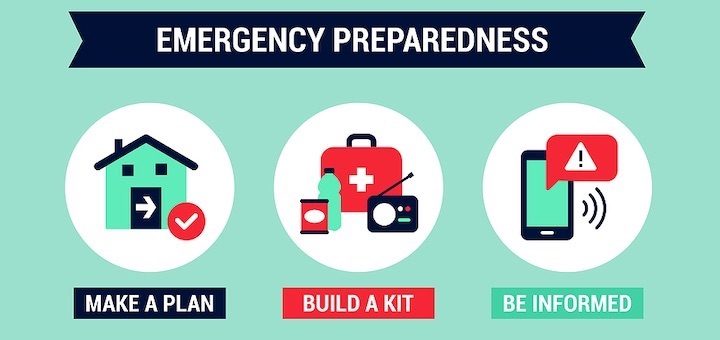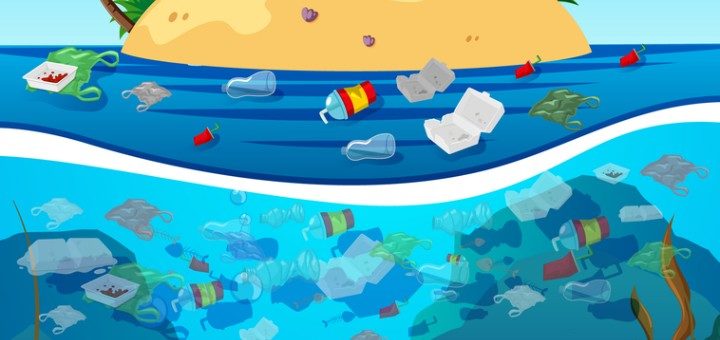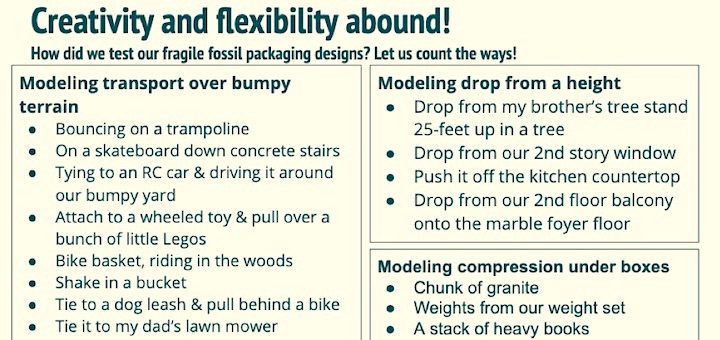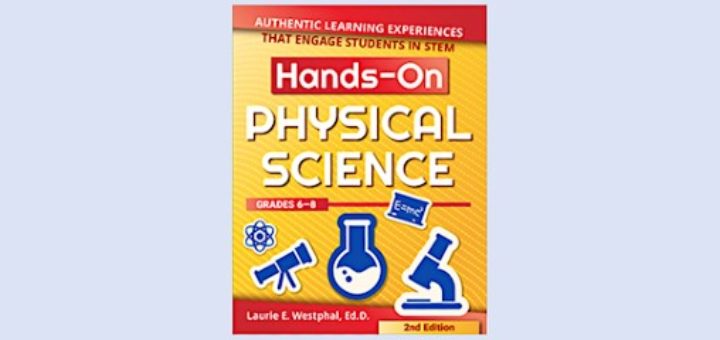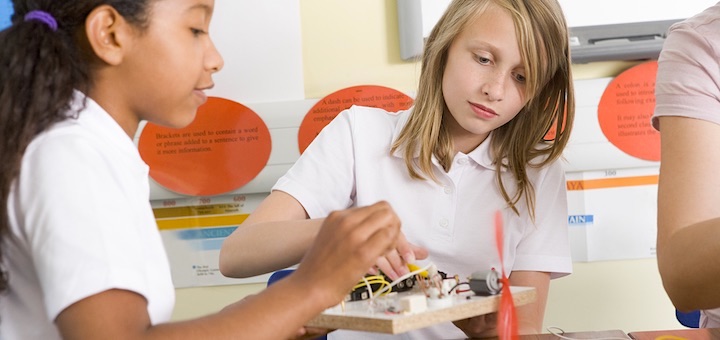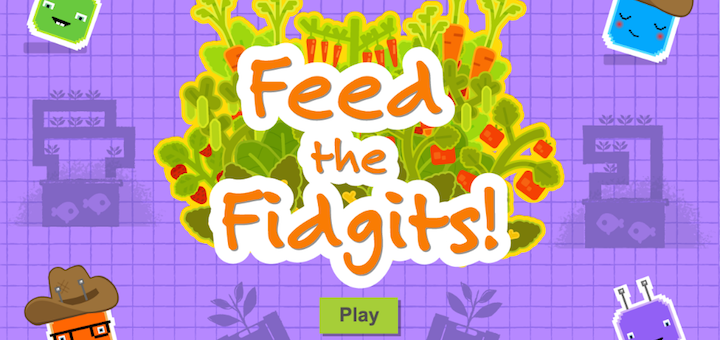Every STEM Teacher Is ‘”NEW” in 2022
Being a STEM teacher in 2022 will likely be a new experience every day, even for veterans, writes curriculum designer Anne Jolly. To help out, she suggests ways STEM teachers can care for themselves and ways to sustain kids’ STEM skills, sharing many resources that can help.


